During my first two years of high school at Parkway I took Latin as my foreign language. Parkway offered only Latin and Spanish as their foreign language choices and I thought Latin would be more beneficial for my field of study at college later. All in all, I was a pretty good student but I admit that Latin was not my best (or favorite) subject.
Mrs. Martha Rhoades taught Latin and English at Parkway back then and she was a top-notch instructor. She really knew her stuff and could speak Latin quite fluently. I am certain she could have communicated very well with any ancient Roman citizen she might have encountered. That, despite the claim that the Latin we learned was not a spoken language.
First year Latin went a lot better for me than the second year. I still got As and Bs but my grasp of the Latin language did not seem to expand as we progressed through that second year. I felt as though I really did not deserve the As and Bs I received during that second year. Thank goodness Parkway only offered two years of Latin because I don’t think I could have made it through even one more year.
I mention all this because the other day I ran across an old scrapbook that I made for Mrs. Rhoades’ Latin class. It was a Christmas assignment for one of my two years of Latin, but I can’t remember which year.
Our assignment was to write the Christmas story in Latin. This was to be my version, complete with translation. As you read my story you may notice that it sounds rather simplistic, written in short sentences. There was a reason for that. I had to compose the story while making sure I could create correct sentences in Latin to match my English sentences. Plus I had to choose the correct Latin words with the correct gender and verb tense. Long, detailed sentences would have been impossible for me to rewrite into Latin. Trust me, the project was a lot more difficult than it looks.
I was graded on this assignment and although Mrs. Rhoades made a few Latin spelling corrections with her dreaded red pen, I did get an A. What a boost to my overall class grade!
Mrs. Rhoades made one comment on the whole assignment: Beautiful cover.
I showed the scrapbook to Joe the other day and he, too, was most impressed by the Christmas cards I used to go along with the story. Thanks, Joe. That’s a very nice compliment but finding the suitable Christmas cards was probably the easiest part of the whole assignment. For sure it was the most fun part of the assignment. Both comments made by Mrs. Rhoades and Joe seem to indicate that perhaps I should have focused my energy on art instead of an ancient foreign language.
So here it is, my version of the Christmas Story in Latin, handwritten by me in about 1967:
The Christmas Story
Once Caesar Augustus was ruler of the Roman Empire. He put a tax upon the world.
Everyone’s name was recorded. Mary and Joseph went to Bethlehem, the town of their ancestors.
They stayed in a stable because there were no rooms at the inn.
Christ was born there. Mary wrapped Him in swaddling clothes and laid Him in a manger.
Meanwhile, shepherds were guarding their sheep.
An angel appeared in the sky. The angel told them about the birth of Christ in Bethlehem. Suddenly many angels appeared and sang praises to God. Then the shepherds went to Bethlehem and found Christ.
Secretly Herod, an evil king, sent three wise men to Bethlehem to find Christ. The wise men, on camels, followed a bright star in the East.
The star led them to the stable. Here they found Christ and worshiped Him.
They gave Him gifts, gold and frankincense and myrrh. Then the wise men returned home another way and did not tell Herod about Christ.
I never grow tired of hearing the Christmas Story, no matter how simply it is written or what language it is written in.
I don’t remember much Latin, mainly just a few verb conjugations. What an odd thing to remember. I also recognize many of today’s words that are derived from Latin words. That’s about all I recall from my two years of intensive Latin study.
Merry Christmas!

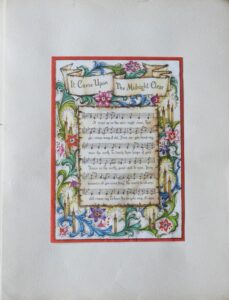
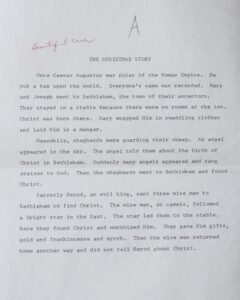
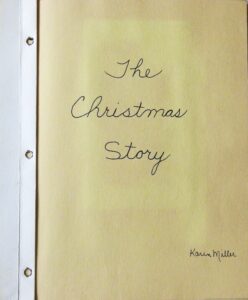
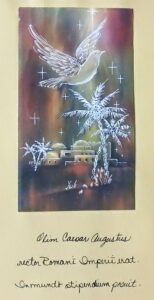
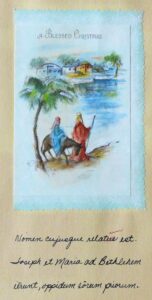
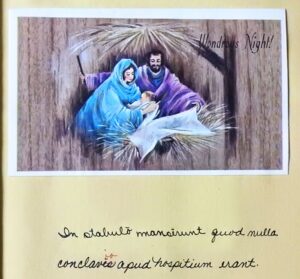
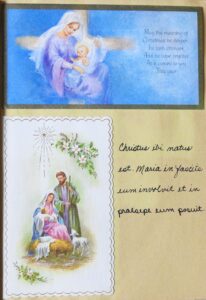
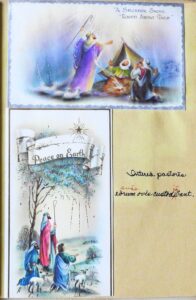
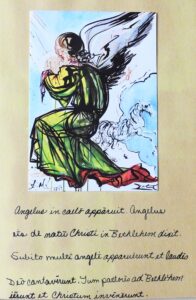
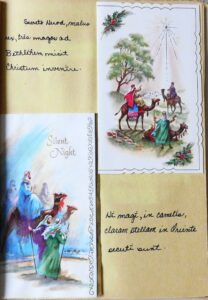
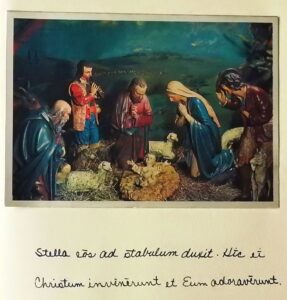
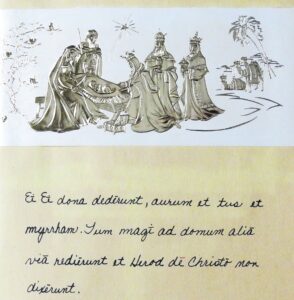
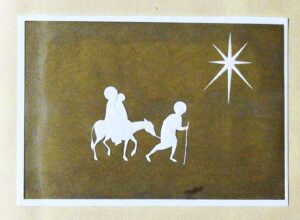

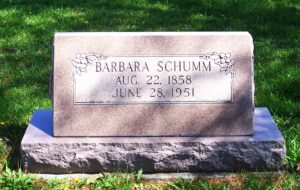
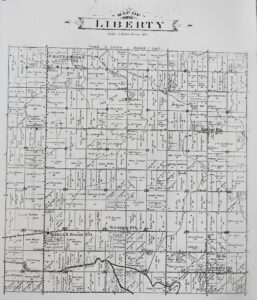
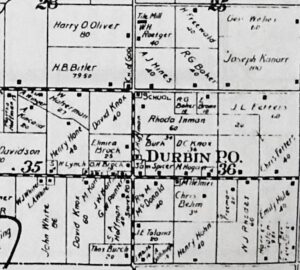
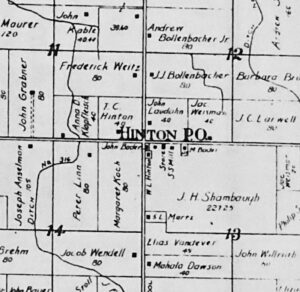
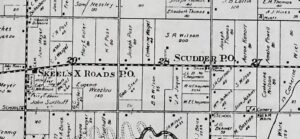
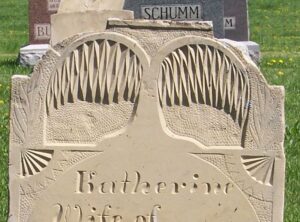
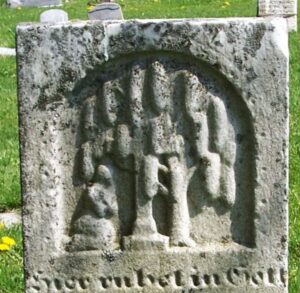
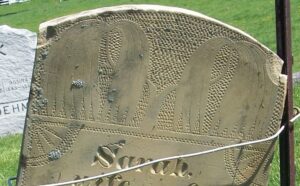
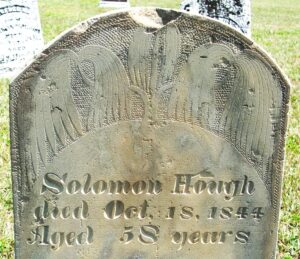
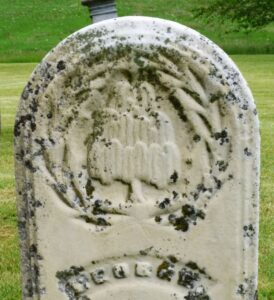
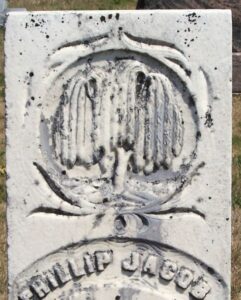
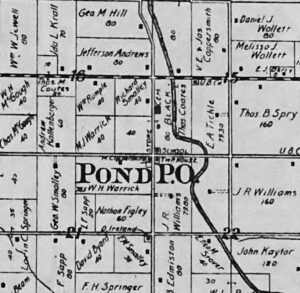
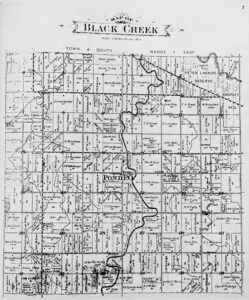
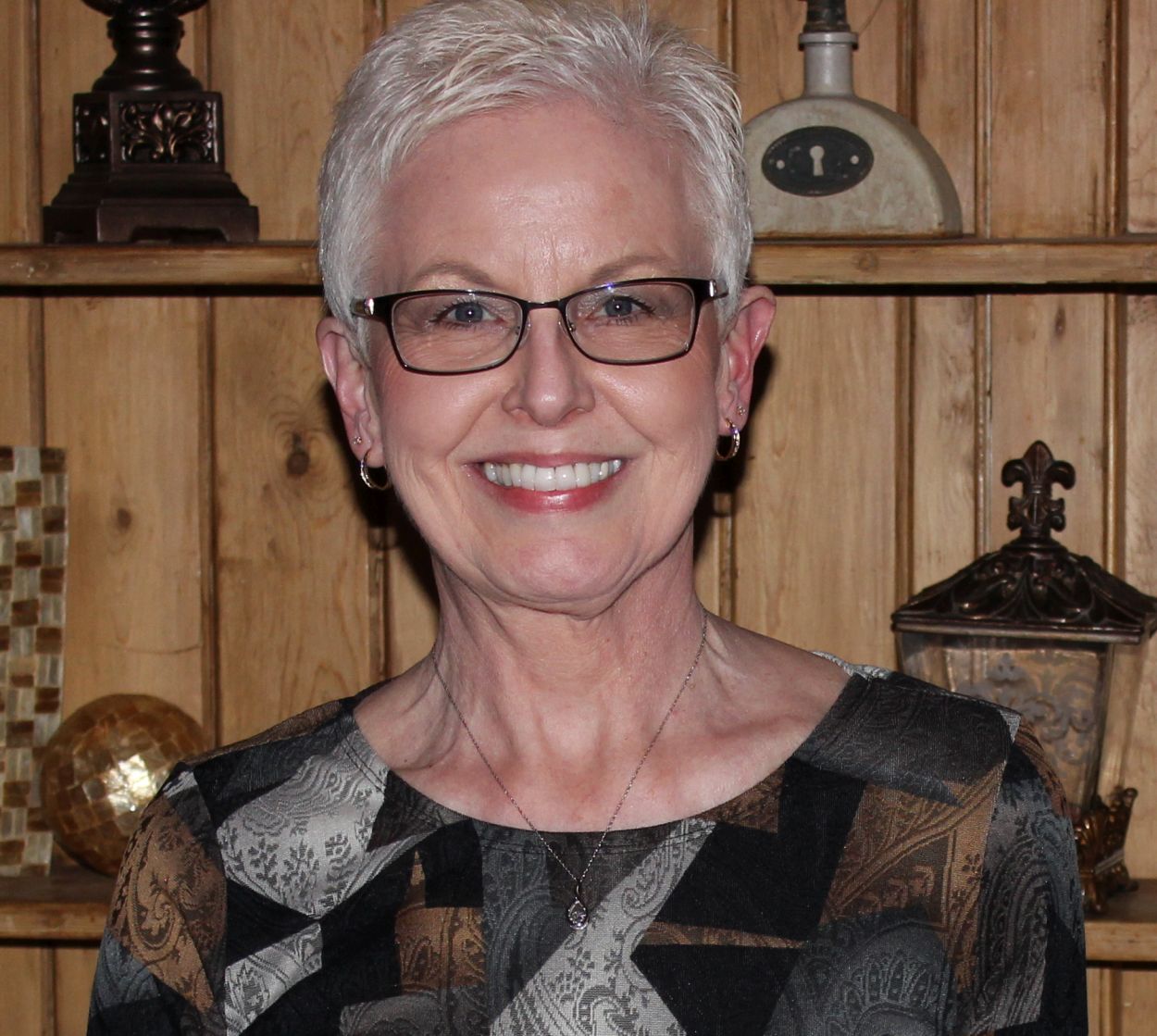

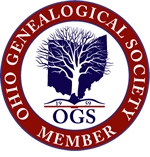

You're welcome, Karen. I'm still working on this also. Thank you so much for all of your wonderful Mercer County…
Very interesting and great picture (I had neersee before) of the church! Thanks for sharing this, Karen.
Ha! I see why you say that. Your original surname was probably something similar to Schmitt.
Thank you for letting me know.
I guess he could have picked a worse name lol, Thanks Karen